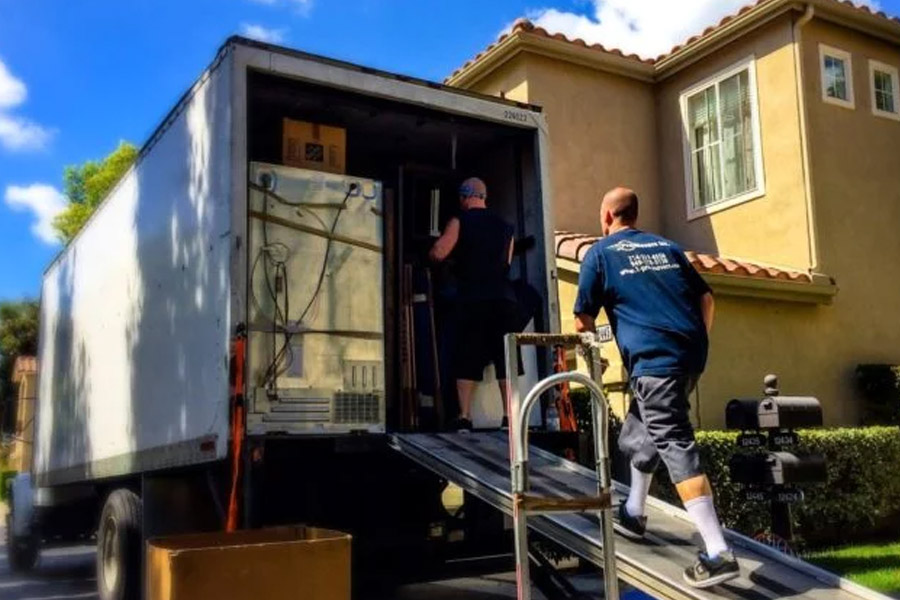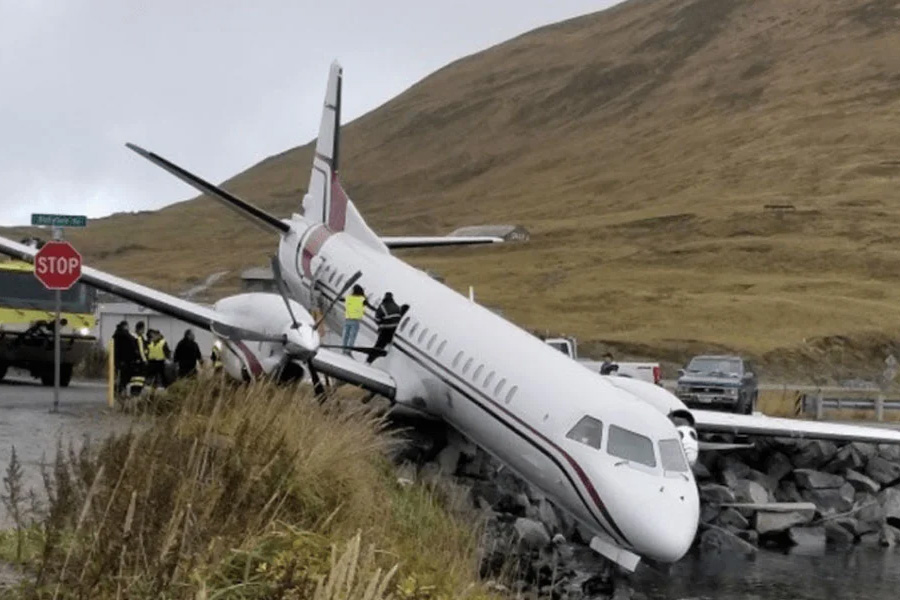Now Reading: Legal Considerations for Transporting Your Vehicle During a Cross-Country Move
-
01
Legal Considerations for Transporting Your Vehicle During a Cross-Country Move
Legal Considerations for Transporting Your Vehicle During a Cross-Country Move

Interstate Regulations
Moving a car across state lines feels like its own little road movie: different scenery, new rules, and the knowledge that somewhere between mile markers you’ll cross into a different legal landscape. States have their own registration, inspection, and emissions rules, and those differences can matter more than you think—especially if your vehicle is older or modified. Before you hand over the keys to a carrier or set off behind the wheel, check whether your destination state requires specific inspections or emissions compliance; doing so prevents awkward fines and delays that can turn an otherwise smooth transition into an unwelcome plot twist.
Choosing a Transport Company
Hiring a carrier can be as comforting as a friend offering you a couch for the night, but not every company deserves your trust. Verify federal and state credentials, make sure their insurance covers transport damage, and review their track record for on-time delivery and claims handling. Ask for a written contract, inspect the trailer type they’ll use (open vs. enclosed), and get clear information about loading procedures and liability — small details up front save a lot of heartache later.
State-Specific Insurance Rules
Insurance isn’t one-size-fits-all when you move; each state sets different minimum coverages and may require extras like Personal Injury Protection (PIP) or uninsured motorist coverage. Your current policy might not automatically meet the new state’s standards, so contact your insurer and confirm coverage during transit and once you arrive. Make sure you understand how coverage applies to a vehicle in transit, and whether the transporter’s policy supplements or replaces your own.
How Moving Affects Your Premiums
Geography reshapes risk in the eyes of insurers. Urban density, crime rates, commute lengths, and even local weather patterns can nudge your premiums up or down. If you’re swapping a quiet rural town for a big city, expect premiums to rise; the reverse could lower your cost. Keep in mind that your driving record, vehicle type, and credit history still matter — but the postcode you move to is a significant actor in the premium drama.
Documentation: What to Have Ready
Treat paperwork like props you can’t improvise without. Carry current registration, proof of insurance, the vehicle title if you own outright, and written transport contracts when using a carrier. If you’re shipping the car, photograph dents and scratches before handover and keep a dated inventory; those images become crucial evidence if a dispute arises.
Liability and Registration During the Move
Liability during transit can be complicated: who’s responsible if the carrier damages your car, if it’s involved in an accident, or if registration timelines are missed? Know the carrier’s liability limits and whether you need supplemental coverage; these details live in the fine print. Once you arrive, most states give a short window—sometimes just weeks—to register your vehicle, so plan to handle registration promptly to avoid penalties and to ensure your policy remains valid under local law.
When to Talk to a Car Accident Lawyer
A lawyer isn’t only for courtroom climaxes; they’re a pragmatic backstage crew, especially when insurance or liability becomes messy. If a carrier denies a damage claim, if you’re involved in an accident during transit, or if there’s a dispute about registration deadlines and penalties, an experienced car accident attorney can translate the legalese and push for fair outcomes. Early legal advice often prevents small problems from growing into expensive, time-consuming battles.
Practical Steps Before You Move
Think of these as scene checks before filming: get an emissions and safety inspection if your destination requires it; update your insurance company about the move and ask for written confirmation of coverage during transit; document your vehicle’s condition with timestamped photos; and secure a written estimate and contract from any carrier you plan to use. These steps are simple but decisive — they reduce uncertainty and keep your move moving.
What to Expect at Delivery
Delivery day can feel like the final act. Inspect your vehicle immediately, using your pre-move photos as a checklist. Note any new damage on the carrier’s bill of lading before signing, and take time-stamped photos if something’s wrong. If the carrier refuses to acknowledge damage, don’t sign away your rights; file a claim promptly and involve your insurer and, if needed, legal counsel.
Moving with Special Vehicles
Classic cars, modified vehicles, or those with nonstandard dimensions often require special handling and documentation. Enclosed transport might be the preferred choice, and additional insurance coverage should be considered. Talk specifics with your carrier and insurer — these vehicles deserve careful coordination to arrive in the same condition they left in.
FAQ
Do I need to change my insurance before moving to a new state?
You should notify your insurer before or immediately after moving, because state minimums and requirements vary and you may need to adjust coverage to remain compliant.
How do I verify a transport company’s legitimacy?
Check federal registration and insurance, ask for written contracts, and confirm their USDOT or state motor carrier number to ensure they’re licensed and insured.
Will my car need a new emissions test when I arrive?
Many states require emissions testing; check your destination state’s rules beforehand so you can arrange any necessary inspections and avoid registration delays.
How long do I have to register my vehicle after moving?
Registration deadlines vary by state—some allow 30 days, others longer—so plan to register promptly and confirm the exact timeline for your new state.
Should I drive my car or ship it for a cross-country move?
It depends on cost, mileage concerns, time, and the vehicle’s condition; shipping can save wear and tear and time, but driving gives you control and flexibility.
What should I do if my car is damaged during transport?
Document the damage with photos, note it on the carrier’s delivery paperwork before signing, file a claim with the carrier and your insurer, and seek legal help if the carrier disputes liability.





















